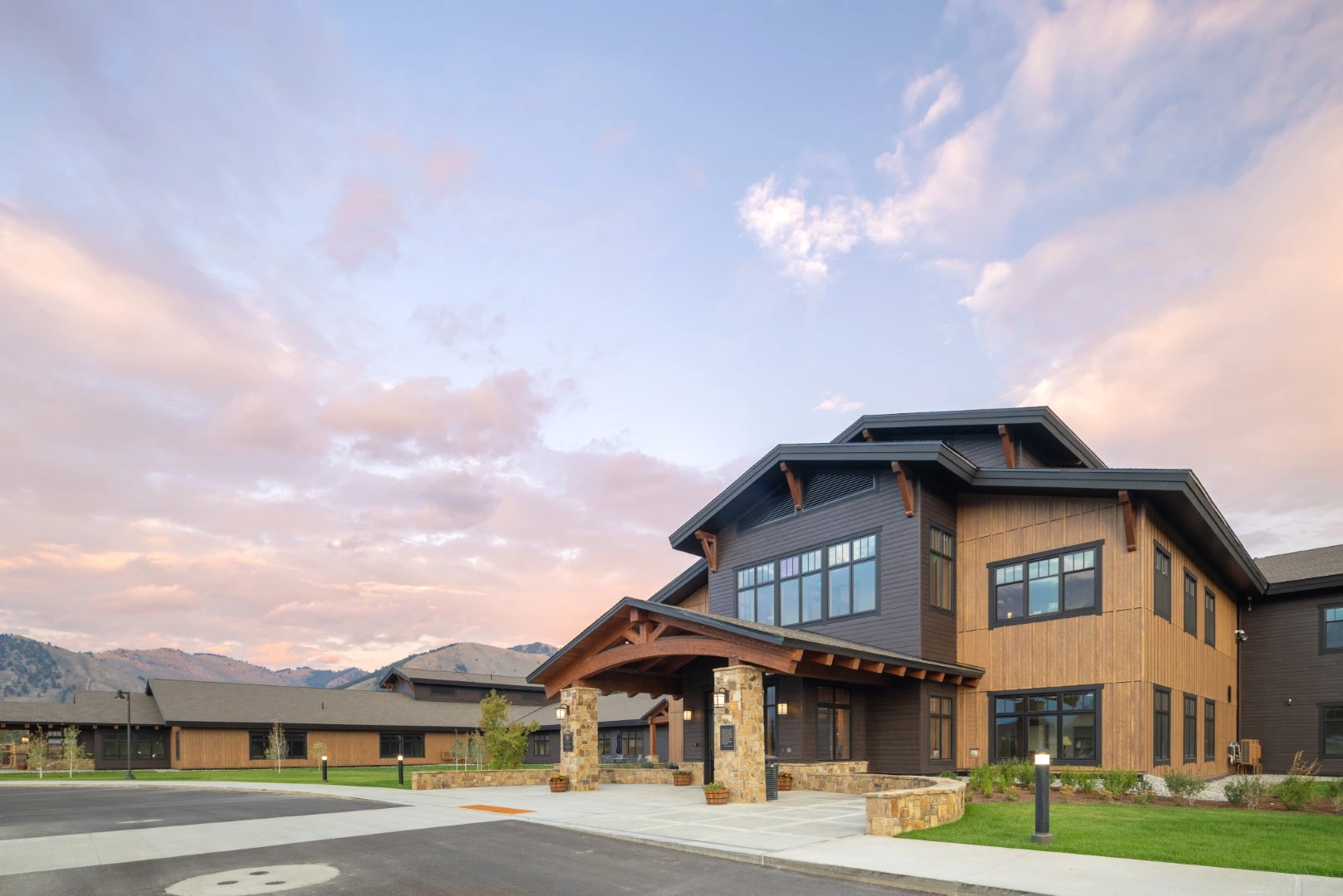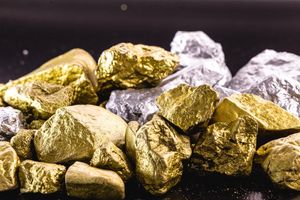High Country Solutions contributed to the construction and provided expert insulation services in Jackson Hole, Wyoming, for a newly completed school building, collaborating with general contractors GE Johnson and DPR Construction. The project, which ran from approximately May 2024 through August 2025, represents a significant addition to the region's educational infrastructure.
Local contractors Skeeter Aimone and Brad Morrison handled the facility’s insulation, including spray foam, blow-in ceiling insulation, soundproofing, and fire-resistant coatings. The project required coordination to meet Wyoming’s structural and thermal needs. The new facility supports Jackson Hole’s growing student population, aligning with a 15% rise in U.S. school construction from 2020–2023 as districts invest in energy-efficient, safer buildings.

Spray foam insulation expands to fill gaps and create an air barrier in walls and roofs, forming a continuous seal that limits air leaks. The U.S. Department of Energy reports air leakage causes 25–40% of heating and cooling energy loss. With an R-value of R-3.6 to R-6.5 per inch, compared to fiberglass’s R-2.9 to R-3.8, spray foam provides better thermal resistance, reducing heat transfer and energy costs.
"Being part of a project that directly benefits the community is something we take great pride in," said Aimone. "High Country Solutions in Jackson Hole, Wyoming is not just helping to build structures; we're helping to build lasting value. This new school will serve students and families for generations, and knowing we had a hand in that is incredibly rewarding."
The project’s blow-in insulation in ceiling areas enhanced thermal performance and ensured consistent coverage in spaces where batt insulation would be difficult to install. This method allowed insulation to fit around wiring, plumbing, and framing, reducing thermal bridging. Interior sound insulation improved acoustic control, a key factor in learning environments, as studies show noise above 35 decibels can hinder speech clarity and comprehension. Intumescent coatings provided fire protection by expanding under heat to form a protective layer, helping the building meet required fire-resistance ratings for educational facilities.
Spanning about 16 months, the project required coordination among multiple trades and careful scheduling influenced by weather, material availability, and sequencing with other systems. Fall and spring offered ideal conditions for spray foam application in Wyoming’s mountain climate. Energy efficiency was a central goal, U.S. schools spend over billions annually on energy, and the EPA’s Energy Star program reports that efficiency upgrades can cut use by 20–30%, producing significant long-term savings.
Insulation directly affects building envelope performance, which determines how well a structure maintains comfortable indoor temperatures. Wyoming’s extreme temperatures, from below freezing in winter to over 90°F in summer, make strong thermal barriers essential. The International Energy Conservation Code sets minimum R-values for colder zones, ensuring energy efficiency and comfort. Proper insulation also helps control moisture by limiting condensation that can cause mold and material damage, which is especially important in schools.
Wyoming’s construction sector has grown alongside population increases, particularly in Jackson Hole, where Teton County’s growth has driven demand for new schools and infrastructure. School construction follows multiple phases, with insulation installed during the envelope stage, after framing but before interior finishes, to ensure full coverage. The project’s use of different insulation types addressed varied needs: spray foam for high R-values and air sealing, blow-in insulation for large ceiling areas, and sound insulation for noise control between classrooms and mechanical spaces.
As schools prioritize sustainability, insulation quality plays a major role in meeting performance and certification goals. LEED programs reward energy-efficient design, including enhanced insulation. The new Jackson Hole facility expands local educational capacity while serving as an example of how coordinated construction and specialized materials improve energy performance, comfort, and safety. Its efficiency and operating data will help assess long-term performance, confirming the value of proper insulation and quality construction.
###
For more information about High Country Solutions, contact the company here:
High Country Solutions
Skeeter Aimone
(307) 248-9063
admin@highcountrysol.com
113350 US-89, Alpine, WY 83128, United States







